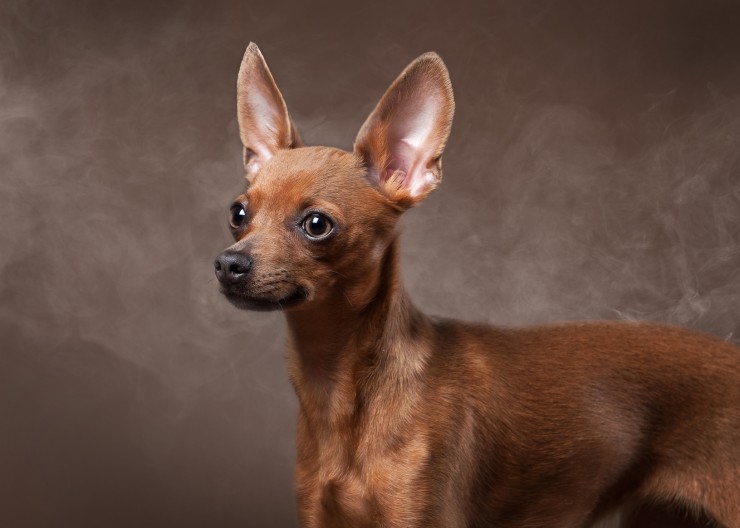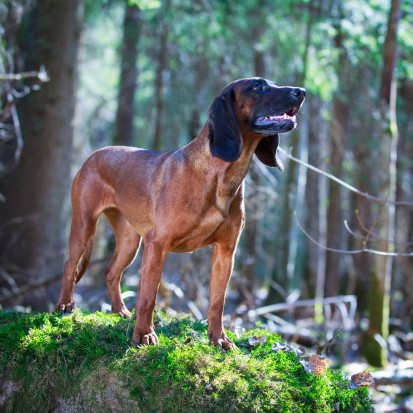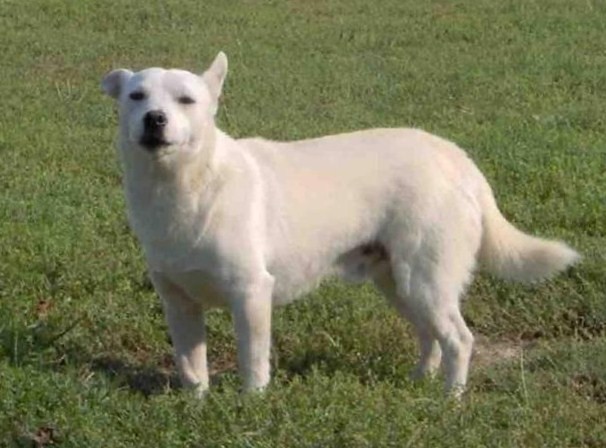
The largest of lynx cats, the Eurasian Lynx is a beautiful and elusive feline. Over the part century, its habitat has shrunk from a major part of Eurasia to a select few territories today.
The largest of all lynx species, the Eurasian Lynx is a secretive and beautiful cat. Bigger and more spotted than its Canadian counterpart, it varies in length from two and a half to four and a half feet and weighs between forty to seventy pounds - with males being larger. Coat varies across the terrain with dark red to grayish coloration seen across various habitats. Pattern of markings also differs with three variations recognized - striped, spotted and un-patterned.
Like all other lynx species, the Eurasian variety has a prominent facial ruff, dark ear tufts and a short black-tipped tail. Legs are long and paws are large and covered with fur - acting as snowshoes and assisting the cat in treading across its terrain.
Capable of taking down a variety of animals, the Eurasian Lynx has a wider prey base, unlike its Canadian cousin that relies chiefly on the hare. The former takes down a range of animals including hare, rabbit, fox and deer. It is reported that the cats are able to hunt prey animals three to four times their own size. Chief hours of activity are in early morning and evening. Stalking and pouncing is the generally preferred hunting technique with the lynx preferring densely forested habitat for staying - making it ever more elusive.
Historically the range of Eurasian Lynx has shrunk. Whereas earlier it was seen throughout Europe and much of Asia, it is now seen in selected territories, though successful reintroduction and hunting embargoes have brought back the resilient cat in many countries. As per its distribution various subspecies are recognized.
Lynx (North Western Europe to Eastern Russia)
Carpathicus (Carpathian Mountains, Greece)
Dinniki (Caucasus Mountains, Iran and Turkey)
Kozlovi (Central Siberia)
Isabellinus (Central Asia, Mongolia and Pakistan)
Sardiniae (Sardinia - presumably extinct)
Stroganovi (Amur - Eastern Russia)
Mating season of Eurasian Lynx is between February and April. An average of three kittens are born after a gestation period of nearly seventy days. The babies achieve independence at around ten months of age. Lifespan in the wild is up to seventeen years.
Even though as a specie the Eurasian Lynx is not threatened, it is vulnerable in certain parts of its range. Principle threats include destruction of their prey base, habitat, pelt trade and conflicts with farmers that result in the cats being hunted.
Article Tags: Eurasian Lynx
 5 Ways To Raise Funds For Your Dog’s Veterinary Care When You Can’t Afford It
5 Ways To Raise Funds For Your Dog’s Veterinary Care When You Can’t Afford It
 Longevity And Health Of The English And Welsh Springer Spaniels
Longevity And Health Of The English And Welsh Springer Spaniels
 Smoking Around Your Dog Can Lead To Canine Lung Cancer
Smoking Around Your Dog Can Lead To Canine Lung Cancer
 Is The Bavarian Mountain Hound A Good Choice Of Pet?
Is The Bavarian Mountain Hound A Good Choice Of Pet?
 Top 3 tips for Beginner Feral Pig Hunters
Top 3 tips for Beginner Feral Pig Hunters
 Hidden Challenges And Risks For Your Dog On New Year’s Eve
Hidden Challenges And Risks For Your Dog On New Year’s Eve
 The Alopekis - A Charming Ancient Greek Dog
The Alopekis - A
The Alopekis - A Charming Ancient Greek Dog
The Alopekis - A
 5 Health Problems Dog Owners Should Never Ignore
5 Health Problems
5 Health Problems Dog Owners Should Never Ignore
5 Health Problems
 Clothes for dogs are a safe option this Independence Day
Clothes for dogs are a safe option this Independence Day
Clothes for dogs are a safe option this Independence Day
Clothes for dogs are a safe option this Independence Day
 Tips For Exercising And Tiring Out A Very Active Dog
Tips For Exercisi
Tips For Exercising And Tiring Out A Very Active Dog
Tips For Exercisi
 Kitchen Scraps You Can Safely Give To Your Dog As Special Treats
Kitchen Scraps Yo
Kitchen Scraps You Can Safely Give To Your Dog As Special Treats
Kitchen Scraps Yo
Copyright © 2005-2016 Pet Information All Rights Reserved
Contact us: www162date@outlook.com